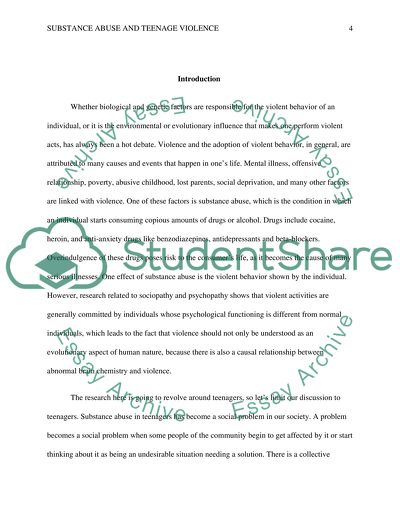Cite this document
(“Substance Abuse and Teenage Violence Research Proposal”, n.d.)
Retrieved from https://studentshare.org/psychology/1485568-substance-abuse-and-teenage-violence
Retrieved from https://studentshare.org/psychology/1485568-substance-abuse-and-teenage-violence
(Substance Abuse and Teenage Violence Research Proposal)
https://studentshare.org/psychology/1485568-substance-abuse-and-teenage-violence.
https://studentshare.org/psychology/1485568-substance-abuse-and-teenage-violence.
“Substance Abuse and Teenage Violence Research Proposal”, n.d. https://studentshare.org/psychology/1485568-substance-abuse-and-teenage-violence.


